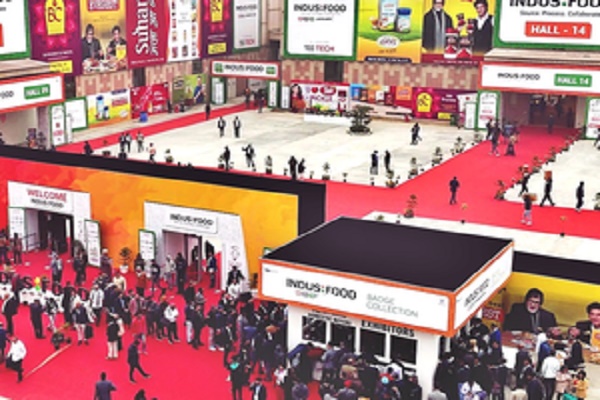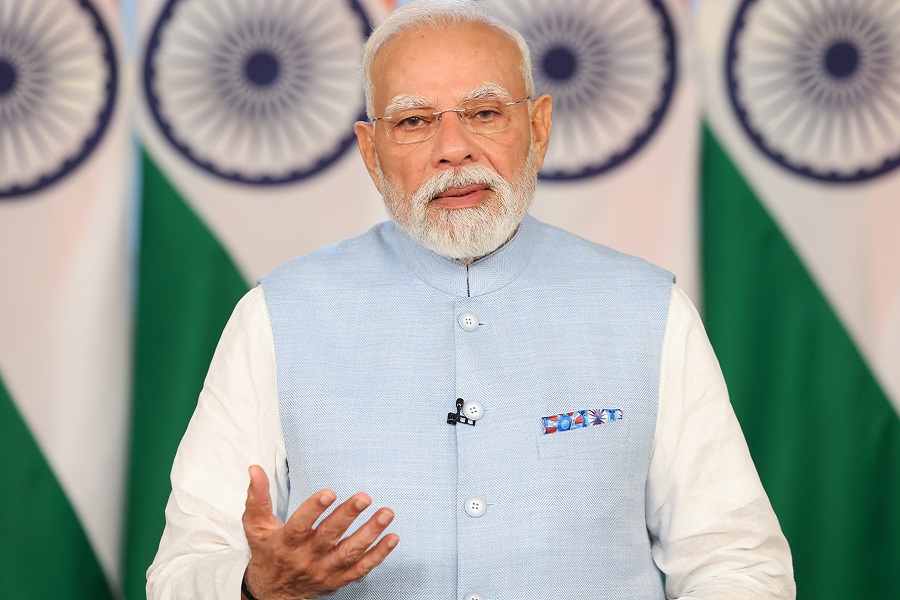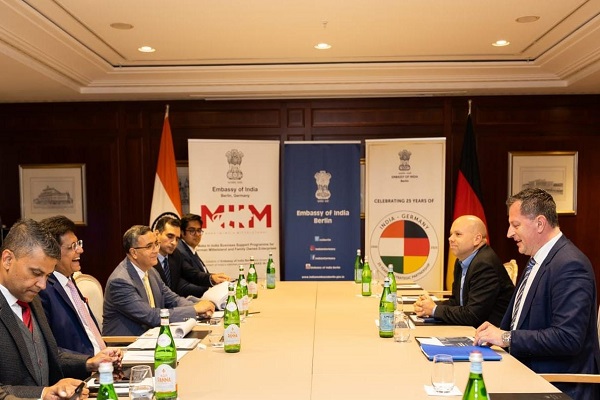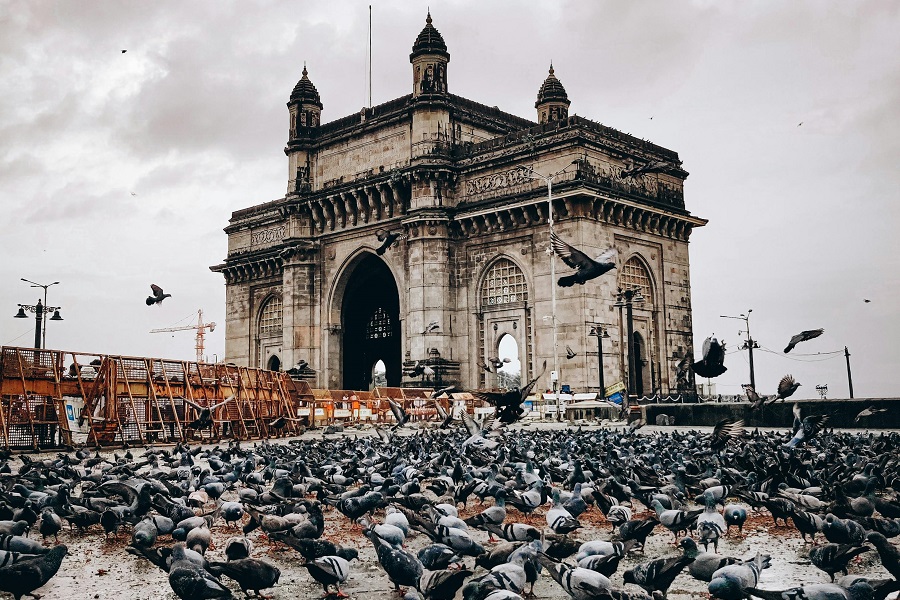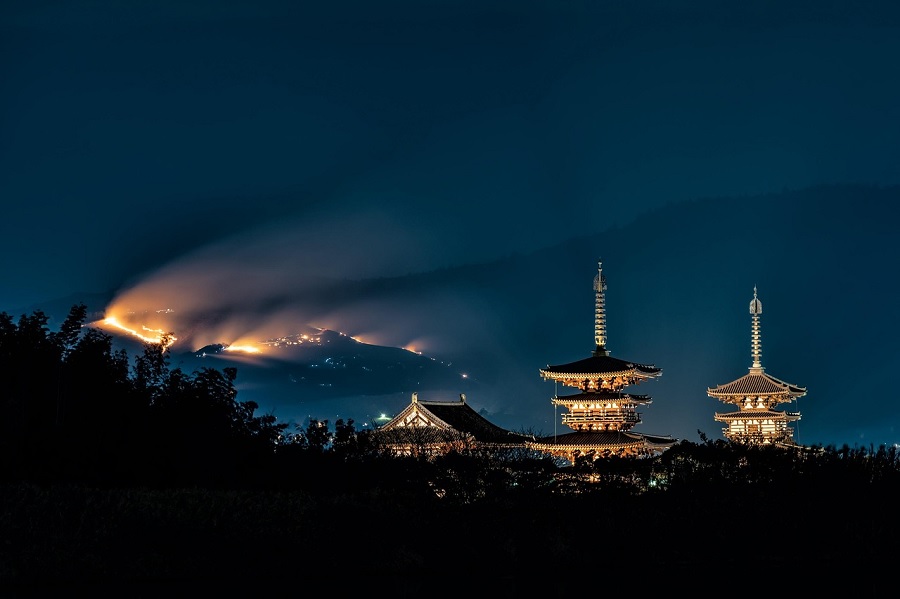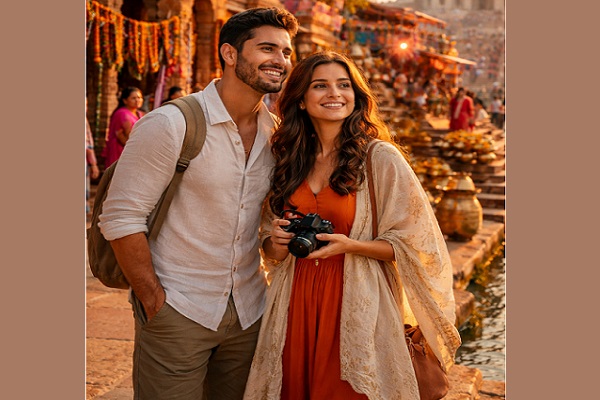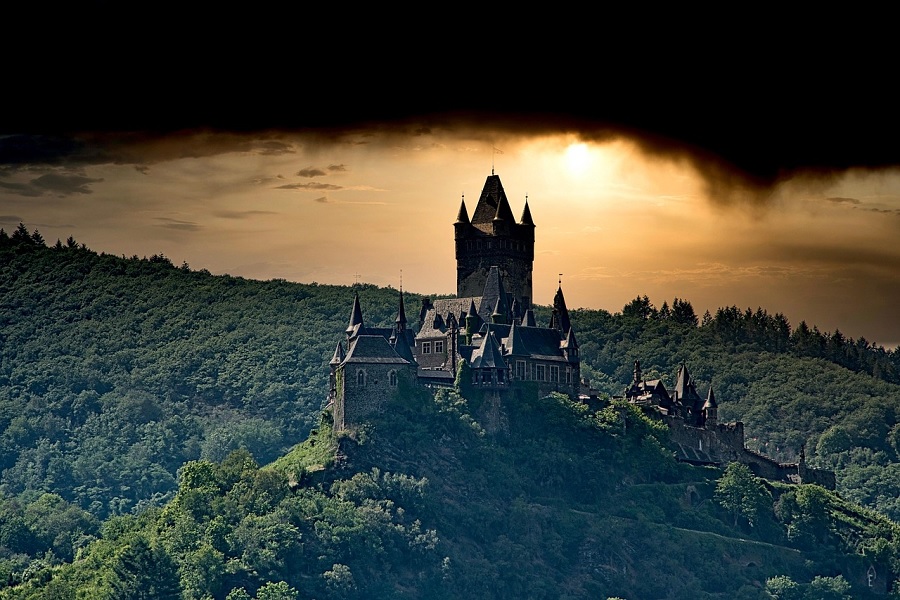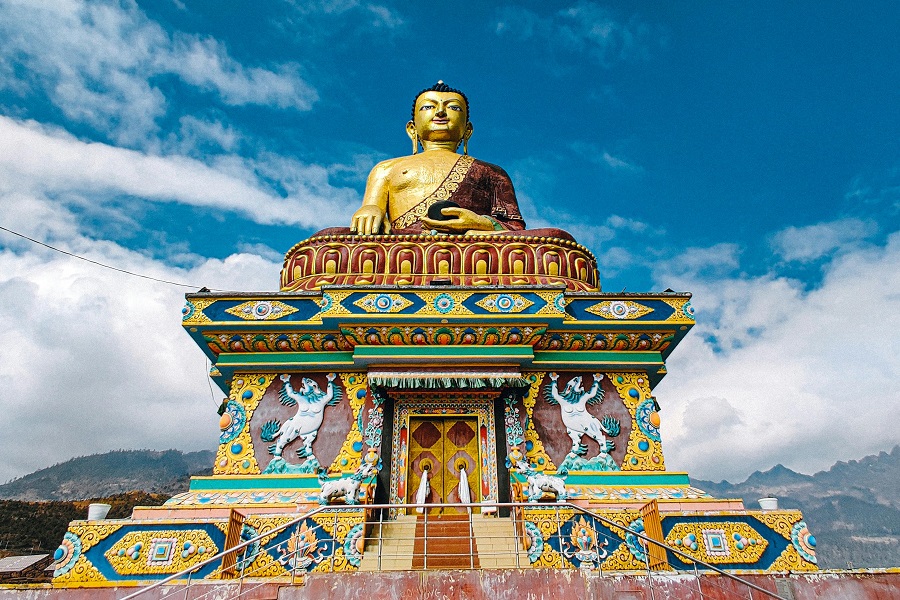Fatehpur Sikri: Mughal Mastery and the Forgotten City of Urban Vision
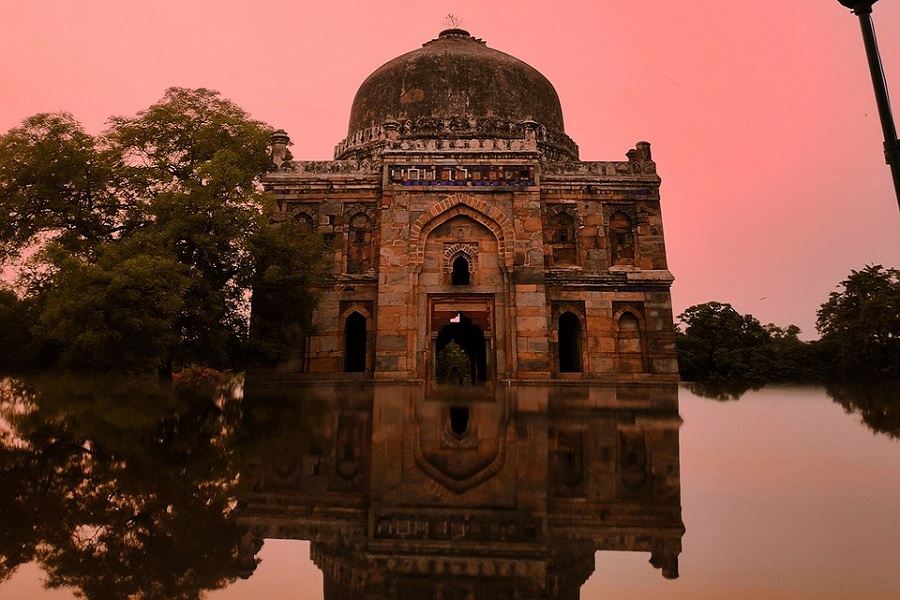
Set amidst the plains of Uttar Pradesh, just 40 kilometers from Agra, lies Fatehpur Sikri—a city frozen in time yet rich with stories. Built in the late 16th century by the Mughal Emperor Akbar, Fatehpur Sikri wasn’t just a royal capital—it was a visionary city, a marvel of urban planning, and a bold experiment in cultural synthesis. Today, it stands as one of India’s most iconic examples of cultural tourism, offering visitors a walk through imperial ambition, architectural brilliance, and spiritual inclusivity.
Akbar, known for his interest in philosophy and interfaith dialogue, conceived Fatehpur Sikri not only as a seat of power but as a symbol of religious tolerance, art, and administration. The city reflects his deep engagement with Indian, Persian, and Islamic traditions—making it an architectural and cultural mosaic.
Tourists entering the site are greeted by the Buland Darwaza, one of the tallest gateways in the world, a commanding symbol of Mughal might. Beyond it lies a sprawling red sandstone city, where courtyards, audience halls, mosques, and palaces speak of a time when design met diplomacy. The Diwan-i-Khas, with its central lotus pillar, tells tales of debates among scholars of different faiths. The Jama Masjid, built within the same complex, remains a sacred site to this day.
What makes Fatehpur Sikri special for cultural tourists is its ability to merge story with space. Every structure is infused with meaning—be it the Jodha Bai Palace, reflecting Hindu architectural features, or the Turkish Sultana’s House, with intricate carvings echoing Persian design. Visitors experience not just architecture, but Akbar’s cultural philosophy brought to life in stone.
Though abandoned due to water shortages just a few decades after its construction, the legacy of Fatehpur Sikri endures. Its carefully aligned buildings, water systems, and symmetrical gardens reveal a masterclass in early modern urban planning—one that fused form with function, art with empire.
For cultural tourists, Fatehpur Sikri offers more than a photo opportunity—it invites deep reflection on leadership, faith, community, and innovation. Walking its silent pathways, one can still sense the echoes of an empire that dared to dream differently.
Highlights for Cultural Travelers:
Buland Darwaza – The ‘Gate of Magnificence’ built to commemorate Akbar’s victory in Gujarat.
Diwan-i-Khas – Akbar’s private hall for philosophical debates.
Panch Mahal – A five-storey pavilion symbolizing hierarchy and openness.
Tomb of Salim Chishti – A revered Sufi shrine within the palace complex.
Jodha Bai’s Palace – A fusion of Hindu and Islamic design elements.





